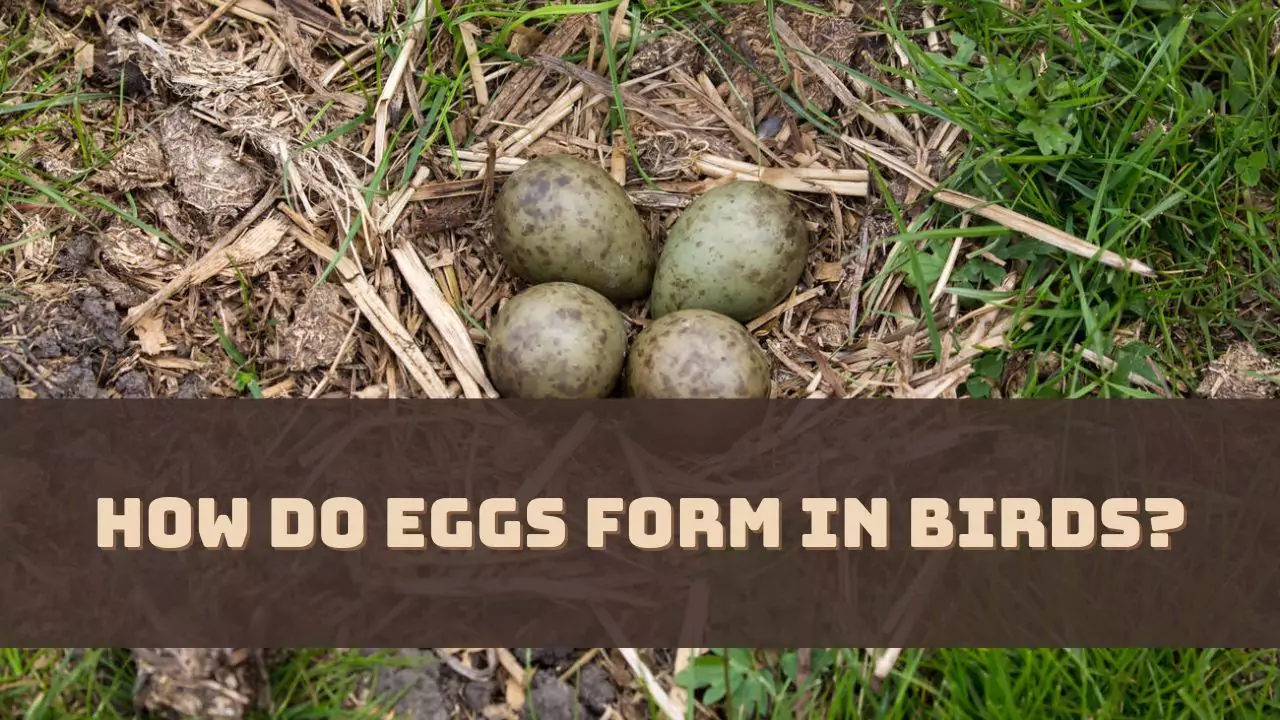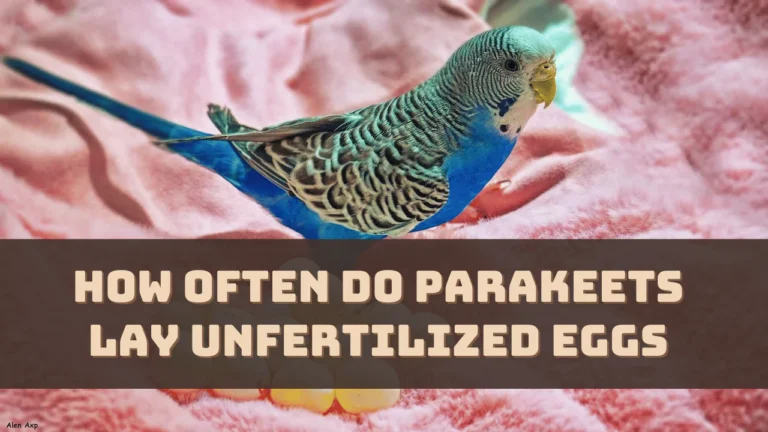Mostly, a female bird has a single ovary, and after the ovum is released into the oviduct, it gets fertilized and the albumen is added to it. Next, the mass gets pumped with water and other membrane layers.
A layer of calcium carbonate shells gets deposited on the exterior and the shell gland gets lined with minerals. The egg gets pigmented with protein coating right before it is laid and it depends on the genetic build of the bird.
The entire process of building one egg takes about 24 hours. Birds produce eggs in beautiful colors and have a wide variety of patterns and colors on them. Some have a subtle color, while others are shiny and spotted.
So, let’s get to know how eggs are made in birds and how they get pigmented.
Egg Production – Discussed in Details
The egg is formed in the reproductive system of an adult bird, which consists of an ovary and oviduct. The oviduct is divided into distinct areas – infundibulum, magnum, isthmus, shell gland, and vagina. In the oviduct of the bird, most of the egg is formed, except the yolk, which is formed in the follicular sac after continuous deposition of yolk material. Within 7 to 9 days, 99% of the yolk material is formed and when it matures, the follicular scan ruptures which can also lead to deposition of blood spots in the egg.
When the yolk is released from the follicle, it moves to the vitelline membrane and this process is called ovulation. Next, the yolk moves to the abdominal cavity of the bird when released from the follicle and it moves to the infundibulum of the oviduct. The yolk next moves to the magnum section of the oviduct and the dense portion of albumen gets added. Here the shape of the egg is determined.
The magnum from the oviduct divides and two shell membranes are formed, where the shell membrane has yolk and white. In the shell gland portion, the shell is added and it is composed of calcium carbonate which takes around 20 hours to form. In the last hours, the pigments are added to the shell formation process, leading to the laying of pigmented eggs.
Finally, a thin protein coating called bloom is added to the shell of the egg in the oviduct to prevent bacteria and dust from penetrating the eggshell pore. The egg is passed through the oviduct and the large end is laid first through the act of Oviposition or pushing out the egg from the oviduct. After the egg is laid, an air cell is formed between the two shell membranes, and the inner area contracts.
Why Do Eggs Have Different Color Variations?
The different patterns and colors on the eggs depend on the chemicals synthesized in the shell gland of the bird. There are two types of pigments found, which combine in different ratios to form the background color of the eggs, spots, and different patterns, and they are –
- Protoporphyrin produces a reddish-brown color.
- Biliverdin produces a blue and green shade.
Every bird has the genetic buildup to produce both these pigments, however, some can use only one whereas others use none, producing a plain white egg.
A female bird intake calcium which helps in the production of eggshells. Her diet also contributes to the production of pigments, which also controls the type, range, and quantity of pigments. If the bird has a poor diet, then the colors of the eggs are generally pale or poor. Also, the color of the egg changes if the bird is suffering from an immune system-challenged disease.
You can also see differently pigmented eggs within the same clutch when the bird lays multiple eggs. Change in color can also be spotted in the eggs throughout the laying cycle of the bird. Within a species, a change in eggshell color can also be noticed over a period of time, such as some patterns may evolve others may disappear, which generally occur due to mutation.
Why are Birds’ Eggs Pigmented?
There is no clear explanation about why bird eggs are pigmented, but based on certain theories, it protects the egg from environmental aspects such as rain, and cold. Also, if the egg has darker pigmentation, then the heat is maintained with the egg when compared to white eggs, in places where sunlight becomes unreachable. Moreover, pigmented or patterned eggs make it difficult for the predators to locate, keeping them safe till the eggs hatch.
How Long Does it Take for the Egg to Form?
Based on the bird species, they can lay eggs within one or two days after fertilization. However, some can take longer, ranging from 5 to 12 days.
Which Gender Bird Incubates the Egg?
Mostly female birds are seen to incubate the egg and the male stays around to help. But, in some species of birds, it has been seen that both males and females share the responsibility associated with nest building, incubating eggs, and brooding. Some birds even participate in training the young ones independently.


![Can Ducks Have Celery? [Explained] 7 Can Ducks Have Celery](https://masterbirds.com/wp-content/uploads/2024/02/can-ducks-have-celery-768x432.webp)

